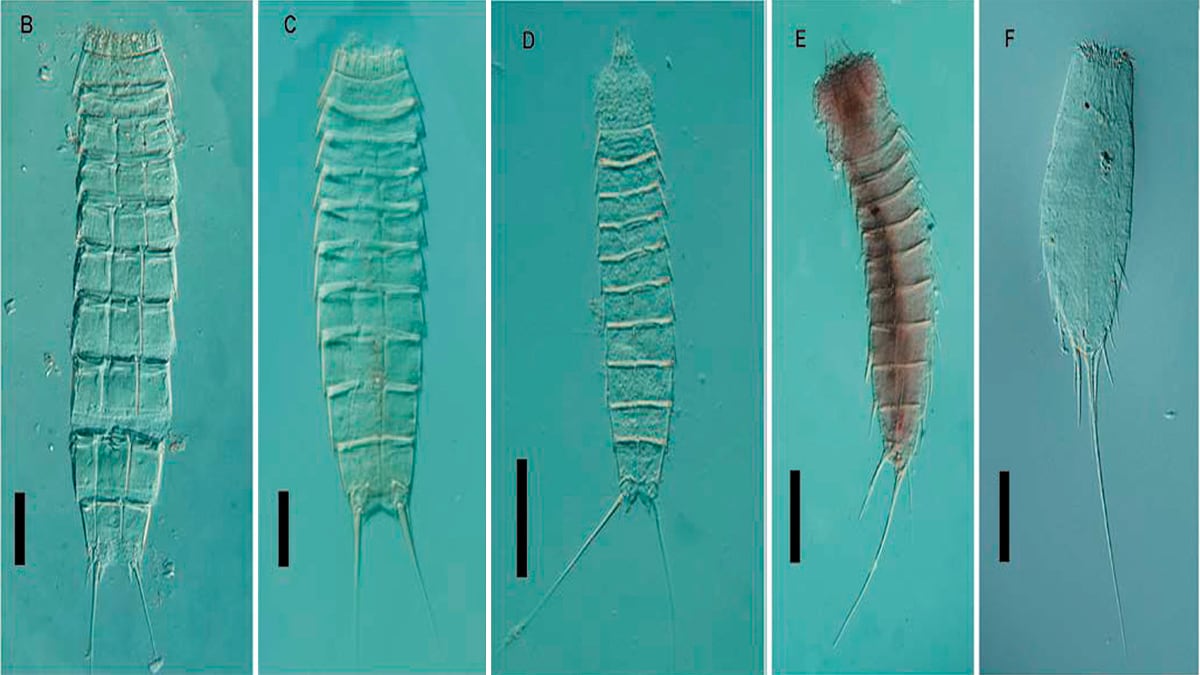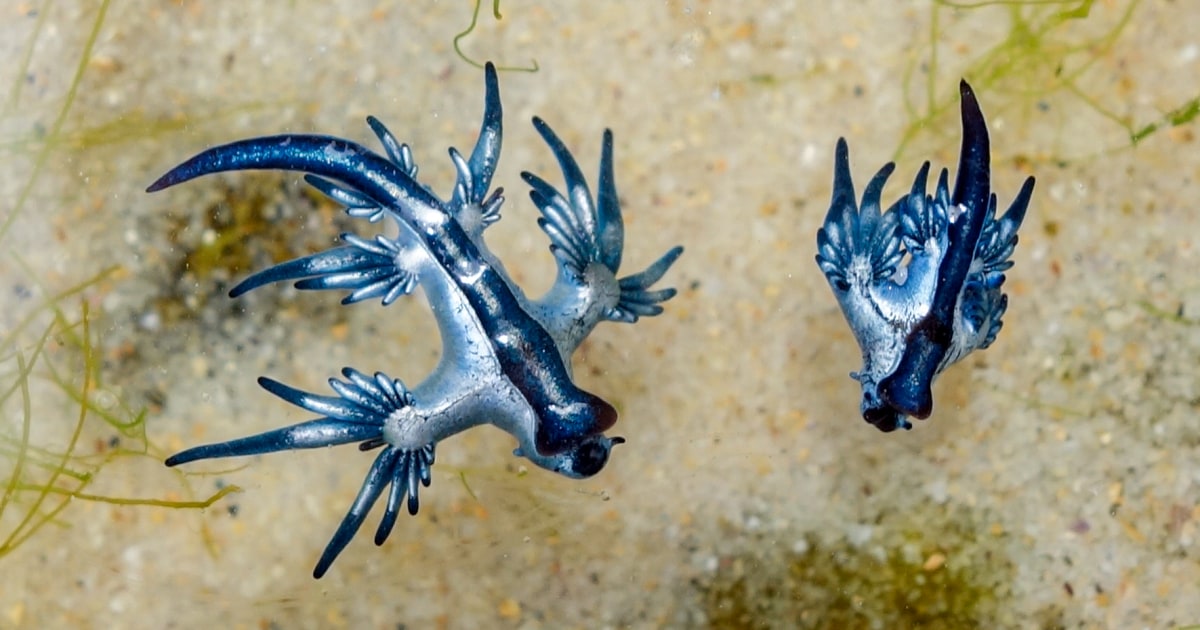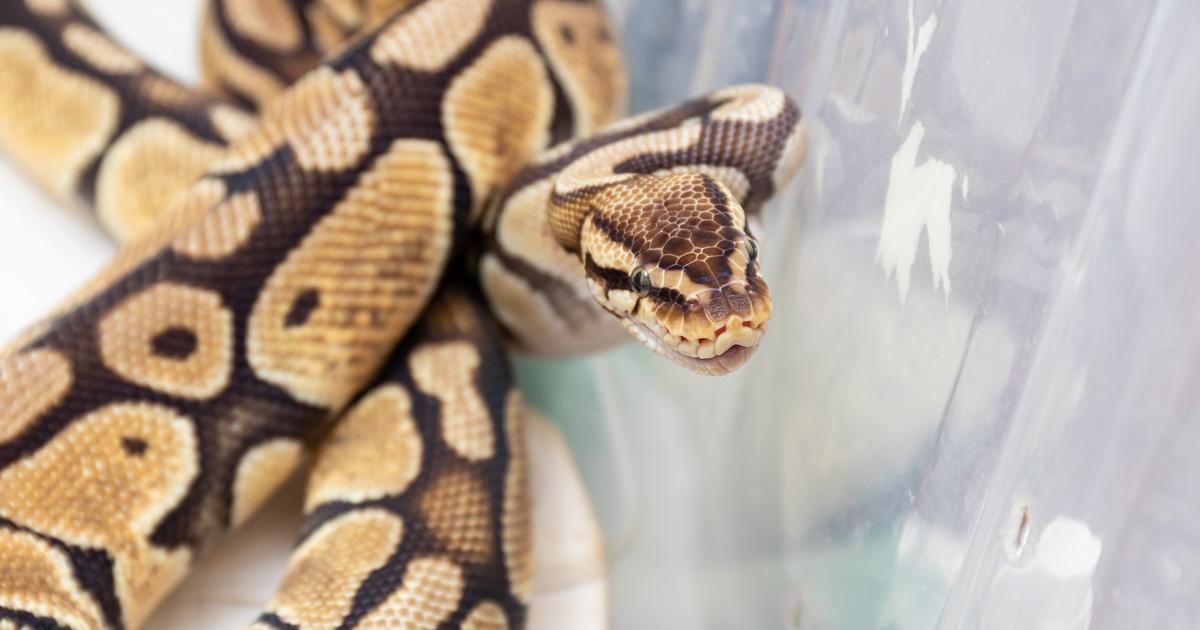If we go to a beach, dig a hole and take sand from the bottom to observe it under a microscope, we will find an incredible world of dragons.
Two days before the opening of a key United Nations summit on biodiversity in Montreal (Canada), it is not necessary to venture into the green thickets of any jungle or go looking for the last great wild animals that remain in Africa to understand the immense challenge of protecting the planet's species, it is enough to look at the grains of sea sand.
There are barely a dozen researchers in the world who are dedicated to studying the kinorhynches or mud dragons, small beings of which it is estimated that only 20% of the species that are estimated to exist have been discovered so far.
"The largest specimens, the giants, measure one millimeter," says Fernando Pardos, professor at the Complutense University and head of one of the few research teams that pay attention to these species, who explains that they are like microscopic shrimps that live among the grains of sand at the bottom of the sea.
"The problem is that when we talk about global extinctions, the numbers are always going to be very small, because if we only know 20% of the kinorhynches, that means that there are 80% that can go extinct without our knowing about it."
Microscope image of one of these specimens. MEIOFAUNA LABORATORY.
COMPLUTENSE UNIVERSITY
Very little is known about these mud dragons, but they are part of what marine biologists call the meiofauna, all the small animals of the seabed, a community of enormous diversity.
"In this group there are many different things, it is more megadiverse than a coral reef or the Amazon jungle," says Pardos, who has been looking for mud dragons for more than 32 years.
As he details, this meiofauna is important because it is at the base of marine trophic chains.
“Trophic webs are like a house of cards, if you remove a card from the bottom, everything collapses, but we also don't know much about meiofauna networks and who eats who, they are beginning to study it, because it is not It's easy to look at the stomach contents in animals of this size," he says.
The first two species of kinorhynches in Spain were discovered by Pardos on a beach in Santoña in the early 1990s:
Echinoderes hispanicus
and
Echinoderes cantabricus.
The Madrid researcher plunged into this microscopic world dragged along by the retired American scientist Robert Higgins, the teacher from whom all those who today work on mud dragons have learned.
"Higgins came with me to Santander and the first sample we took had two species that were new to all of science," says Pardos, who specifies that the name
mud dragons
was invented by Chinese researchers when they saw the shapes of these curious and complex animals.
Today there are already 36 known species of kinorhynches in Spain and more than 330 worldwide.
Many of them have been baptized by scientists with the names of famous fictional dragons, such as those from
Games of Thrones
(Viserion, Rhaegal and Drogon) or the one from the
Neverending Story
(Fújur)... This is the case of
Fujuriphyes viserioni
, found in the Gulf of Mexico, or
Echinoderes drogoni
, located on Spitsbergen Island (Norway).
Retractable head of the kinorhynches. MEIOFAUNA LABORATORY.
COMPLUTENSE UNIVERSITY
A few days ago, the National Museum of Natural Sciences (MNCN) of Spain announced the addition to its collection of invertebrates of the first samples of this animal group, with 44 microscopic preparations that include 25 species of kinorhynches collected along the coast from all over the country. , thus becoming one of the few scientific centers in the world with a reference catalog of mud dragons.
According to Javier Sánchez Almazán, curator of the MNCN's invertebrate collection, "this group of tiny animals forms part, like many others, of the trophic chain of the oceans and is the basis for feeding the larvae, which in turn , constitute the nutrients of planktonic animals”.
As he points out,
Montreal Summit
At a decisive moment for all species, marine and terrestrial, due to the celebration from December 7 to 19 in Montreal of the fifteenth Conference of the Parties (COP15) of the Convention on Biological Diversity, the MNCN curator stresses that "the crisis Biodiversity affects all the components of the planetary ecosystems, since one of the great teachings of ecology is precisely the interrelation between all living beings and also between these and the abiotic [non-life] component”.
As Sánchez Almazán points out, less attention is usually paid to species that are not visible to the naked eye, such as kinorhynches.
But it is already urgent to respond to the conservation problems of the visible, such as those of large mammals (elephant, rhinoceros, tiger...) and other vertebrates ("amphibians above all,
The Intergovernmental Platform on Biodiversity and Ecosystem Services (IPBES), the scientific organization in charge of taking the pulse of the multiplicity of life forms on the planet (such as the IPCC with climate change), has calculated that there are already a million species in danger of extinction in the world and considers that the rate of disappearance is unprecedented in the history of humanity.
In a recent interview for EL PAÍS, the president of IPBES, Ana María Hernández, explained that a large proportion of these endangered animal and plant species are insects, as well as small invertebrates.
"It is not only the number, the problem of having a million species in danger of extinction goes beyond this figure," Hernández said then.
“This significant loss of biodiversity has an impact on all aspects of life, both on the biosphere globally and on the maintenance of the human species and the quality of life of populations.
Biodiversity is related to many essential services, such as food, housing construction, heat generation, human development…”.
The Montreal meeting should advance the framework to halt the loss of biodiversity in the next decade, from now to 2030. For Jaume Grau, from Ecologistas en Acción, "this summit should mark a turning point, because all the data we have they alert us that we have a very serious crisis with a million species on the verge of extinction in a short term, which means a brutal erosion of ecosystems and the base of services for now”.
You can follow CLIMATE AND ENVIRONMENT on
and
, or sign up here to receive
our weekly newsletter







/cloudfront-eu-central-1.images.arcpublishing.com/prisa/DBT2OEOLXBGZTLYKDBM2FWSJNM.jpg)





